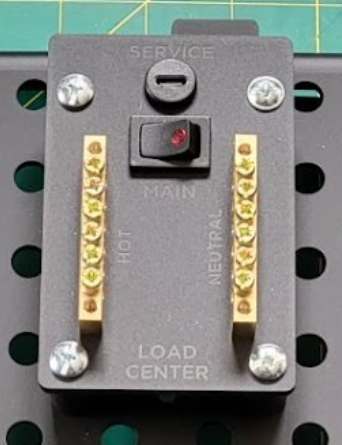Ground
Ground
A ground is not included in this kit. But it is important to discuss the concept of a ground and its importance within the world of electricity. A ground is an electrical path in case of an electrical fault. This backup safety system is called “ground” because it sends electricity to a ground/low-potential state, often into the Earth itself. The ground found in outlets, switches, and every 3-pronged appliance (at least in the United States) is connected to the ground in the service panel. This ground connection is then connected to a ground spike placed into the ground nearby.

Without a ground available, fault currents can pose an electrocution or fire hazard. If you have a toaster, for example, and a wire inside comes loose and touches the metal body of the toaster, you could get a nasty shock when you touch it. With a ground, though, the fault current (the wire on the toaster body) can be safely carried away to ground.

The Betabox Electrician Foundations and Futures Hands-On Project Box does not include a ground for a few reasons.
First, a ground is not a necessary component to learn the basics of wiring. This course is designed as an introduction to key concepts of wiring, so the ground was eliminated for a simpler, streamlined approach to learning.
Secondly, the Load Center does not deliver energy at dangerous voltages or currents. The kit is designed to provide a safe, low-voltage experience where a ground is not needed.